
On the outskirts of a forest near the Moscow-Minsk highway, he falls into conversation with a young doctor.
‘I wish I could express it,’ the doctor tells him. ‘You know instinctively if the conditions are right. You can sense the thrill of it. So you go forward into a light clearing, perhaps – and there they are!’
The doctor then elaborates on his favourites: delicate, pleated ink-caps with their umbrella hats; strong-tasting red-birch boletas; yellow chanterelles growing in huddles together; and small, dense clumps of honey-coloured armillarias – best consumed, he insists, with a slug of vodka.
Despite this profusion of forms, colours and aromas, the magical enigma of the mushroom is that each of the thousands of species has the same absurdly simple structure – no more than a mass of tangled, interwoven filaments, or hyphae, readily discerned with a magnifying glass.
Those hyphae arise from a vast, subterranean network, stretching out in all directions.
This network, the mycelium, is the body, as it were, of the fungal organism. The mushroom is its spore-bearing fruit – as if a vine were buried underground and all that could be seen were its bunches of grapes projecting upwards.
This story is from the December 2020 edition of The Oldie Magazine.
Start your 7-day Magzter GOLD free trial to access thousands of curated premium stories, and 8,500+ magazines and newspapers.
Already a subscriber ? Sign In
This story is from the December 2020 edition of The Oldie Magazine.
Start your 7-day Magzter GOLD free trial to access thousands of curated premium stories, and 8,500+ magazines and newspapers.
Already a subscriber? Sign In
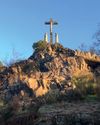
Travel: Retreat From The World
For his new book, Nat Segnit visited Britain’s quietest monasteries and islands to talk to monks, hermits and recluses

What is... a nail house?
Don’t confuse a nail house with a nail parlour. A nail house is an old house that survives as new building development goes on all around it.
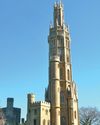
Kent's stairway to heaven
Walter Barton May’s Hadlow Castle is the ultimate Gothic folly
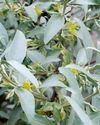
Pursuits
Pursuits
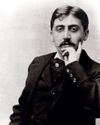
The book that changed the world
On Marcel Proust’s 150th anniversary, A N Wilson praises his masterpiece, an exquisite comedy with no parallel

RIP the playboys of the western world
Charlie Methven mourns his dashing former father-in-law, Luis ‘the Bounder’ Basualdo, last of a dying breed
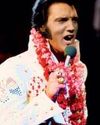
Arts
Arts
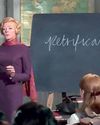
My film family's greatest hits
Downton Abbey producer Gareth Neame follows in the footsteps of his father, grandfather and great-grandmother, a silent-movie star
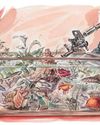
Books
Books
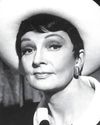
A lifetime of pin-ups
Barry Humphries still has nightmares about going on stage. He’s always admired the stars who kept battling on